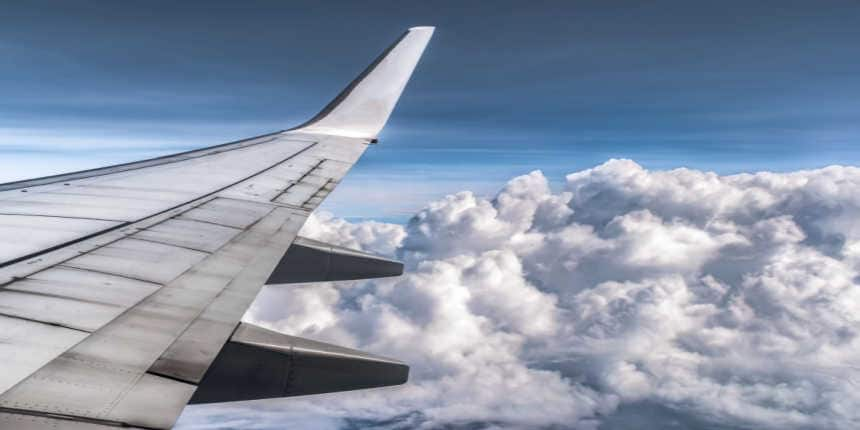UDAN Scheme Full Form
What is the full form of UDAN?
Ude Desh ka Aam Naagrik, also known as UDAN (Hindi for "flight"), is a regional airport development programme of the Government of India that is a component of the Regional Connectivity Scheme (RCS) of improving under-serviced air routes. Its English translation is "Let the Common Citizens of the Country Fly.". Its objectives are to lower the cost of air travel and advance India's economic growth. Out of 486 airports, 406 were under-serviced at the start of the plan(2016), 27 were very well, only 12 of the 97 airports that were not part of the RCS were functional, and 18 participating airports under-served regional operational airports (Nov, 2016) with regular fixed-wing scheduled flights.
- What is the full form of UDAN?
- The UDAN Scheme
- The viability gap of UDAN Scheme
- Costs for udan-rcs

The UDAN Scheme
This programme is supported equally by the GoI and the state governments and is a component of the National Civil Aviation Policy (NCAP). The key characteristics of it are as follows:
The programme to last for ten years.
A competitive bidding process is used to choose the airlines that will participate in UDAN. The central government will supply the following:
Concessional GST on tickets purchased through the programme.
For flights covered by the policy, codesharing policy is to be used.
The following measures will be expanded by state governments:
GST is decreased to 1% for ten years.
coordination with oil firms to enable refueling infrastructure
Obtain land for the airport and associated construction
A well-trained security force
Few of the phases of UDAN Scheme is mentioned below:
UDAN 1.0 : In this round, 128 flight routes to 70 airports were given to 5 airline firms (including 36 newly made operational airports)
UDAN 2.0: The Ministry of Civil Aviation identified 73 airports as underserved and unserved in 2018. Under this phase of the UDAN system, helipads were also connected for the first time.
UDAN 3.0: This comprised routes for tourism; seaplane connections between water aerodromes; and UDAN routes in the North-East area.
UDAN 4.0: In 2020, there were 78 additional routes approved. In this phase, new roads will also connect the Lakshadweep islands of Kavaratti, Agatti, and Minicoy.
UDAN 4.1: Its main goal is to link tiny airports and provide unique routes for helicopters and seaplanes under UDAN. Additionally, brand-new routes have been suggested for Sagarmala seaplane services.
The viability gap of UDAN Scheme
By reducing the cost of airline operations and providing financial support in the form of viability gap funding, the plan aims to make the routes profitable without requiring the regional airports to be profitable.
Due to the high demand, the improvement of regional airports with commercial flight routes are based on a combination of asking airlines for specific recommendations of airports they would like to fly. Another aspect involves getting state governments to commit in writing to specific concessions. These concessions include state tax breaks and free land with security for civil aviation.
The union government provides flexible code-sharing agreements, lower excise on value-added tax on fuel and service tax, and other measures to make flights profitable for commercial aircraft.
Costs for udan-rcs
In order to connect underprivileged and unaddressed regional airports, fixed-wing aircraft are limited to a maximum fare of 2,500 per hour of flight for 50% of the seats (minimum 9 RCS seats and maximum of 40 RCS seats per fixed-wing flight, and maximum 12 RCS seats per flight). The other 50% of the seats will be priced at market rate. The maximum total route of 800 km or more will be $3,500. Capped RCS fares will also be graded according on distance, such as $1,420 for a distance of 151–175 km, $1,500 for a distance of 176–200 km, and so on.
For each 30-minute leg of the journey, the maximum fee for the helicopter services is likewise limited at 2,500. The helicopter fee will be checked according to the length of the flight, for example, 2,500 rupees for a flight lasting 0 to 30 minutes, 2,900 rupees for a flight lasting 31 to 35 minutes, and so on, with a maximum fare of 5,000 rupees for a flight lasting 60 minutes or more.